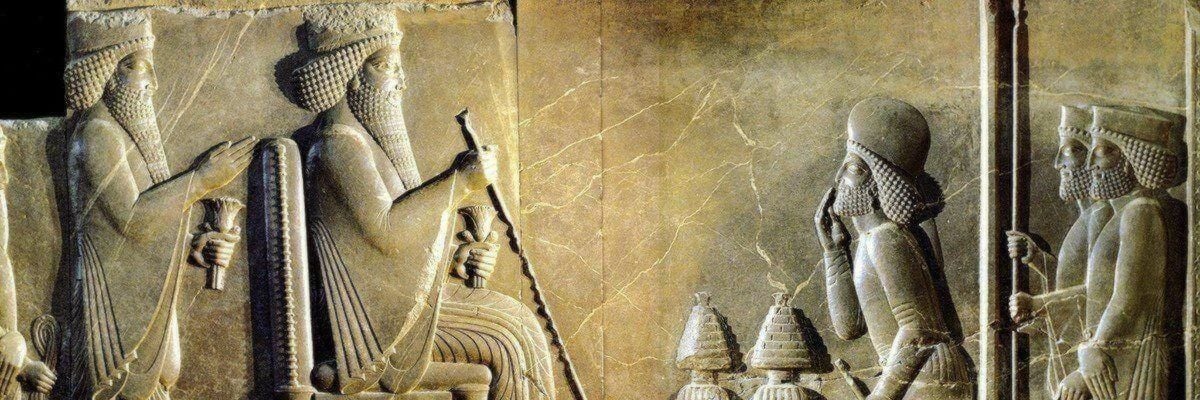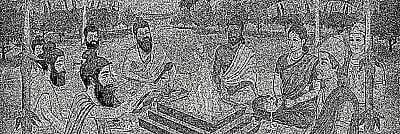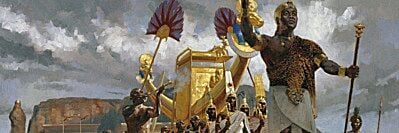Local Storage seems to be disabled in your browser.
For the best experience on our site, be sure to turn on Local Storage in your browser.
Mesopotamia: History of Bakhoor

Around 6,000 years ago, the land between the Tigris and Euphrates rivers birthed the first ancient civilization known to man; Mesopotamia. Situated just above the fertile crescent, Mesopotamia is known for developing the first-ever writing, mathematical, and even judicial system - The Code of Hammurabi. Often times mentioned in history for the many battles and beliefs it witnessed over the 3,000 years it existed, Mesopotamia harbored the earliest forms of social and personal culture. From lifestyle to science, we can clearly observe the intellect of those in the land between two rivers through their writings and belongings.
Spanning from modern-day Syria to Kuwait, Mesopotamia encompassed many city-states and civilizations, and amongst the most famous of them were Babylon and Sumer. Since the entire land itself was upon the fertile crescent, during certain seasons farmers and land workers would plant and reap ingredients used in their day to day practices, including those used for incense and cosmetics. Societies valued their surroundings, including temples and deities, and would assign specific scents and perfumes to different idols. They believed that the incense bought them closer to their deities, and the materials that they used were of high quality to signify how important the deity was. They even performed magical rituals using incense in the form of wicks and blocks. One ritual that was recorded by the Sumerians on a clay scribe revolved around priestesses of the deity Anu in the city of Uruk. The temple official would mix wine and perfumed oil as an offering to Anu, then rub the concoction around the entrance to the temple. Though the most detailed and intricate use of incense was religious, it is clear that individuals enjoyed decorating themselves with scents and not just their temples. The ingredients were either bought or planted and, similar to the Ancient Egyptians who came after them, only those of the upper classes could afford to purchase more quality ingredients.
The Mesopotamian was a thoroughly cultured civilization. Using Cuneiform, one of the earliest systems of writing, they would inscribe the names and amounts of each herb, oil, and wood they mixed to create their luscious scents. In detail, they would record even the method that they used to form wicks, blocks, or oils in order to perfume themselves and their surroundings. For their religious ceremonies, they created luxurious scents with expensive materials. One recipe for nazi, the Sumerian word for incense, that was burned for their deities was inscribed and translated:
* 3 parts Cedar shavings
* 2 parts Juniper
* 2 parts Cypress
* 2 parts Tamarisk
This blend was merged into blocks and then burned in a decorated ceramic incense burner to produce a lush scent, honoring the temple and its visitors. For their bodies, they used flower perfumes, such as Jasmine, as well as frankincense. Musk and mastic were also popular among those who could afford it, and oil perfumes like the It we apply were available. Though many of the ingredients were grown by the Mesopotamians themselves, whatever they could not find was acquired through trade.
From observing the sky and stars to defining the base-60 method still used in our modern clocks, we can attribute much of our social beginnings to Mesopotamia. Providing us with the first form of written history, this fertile land is ultimately the root of our human knowledge. From here we can reference the moves of every emperor, king, and commoner, and from here we can reference the start of our knowledge on bakhoor. Through our knowledge of Mesopotamia, it becomes clearer that the value we place in bakhoor and incense is innate in us.





















